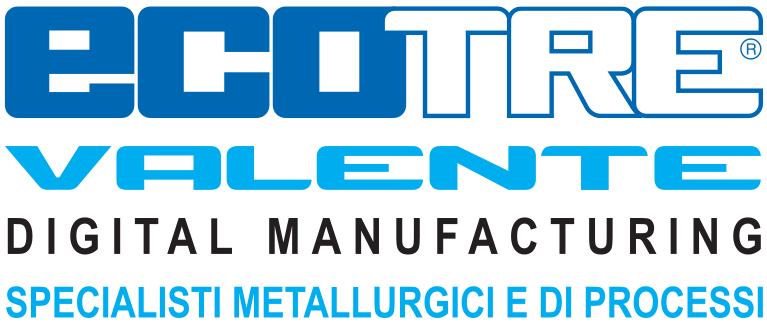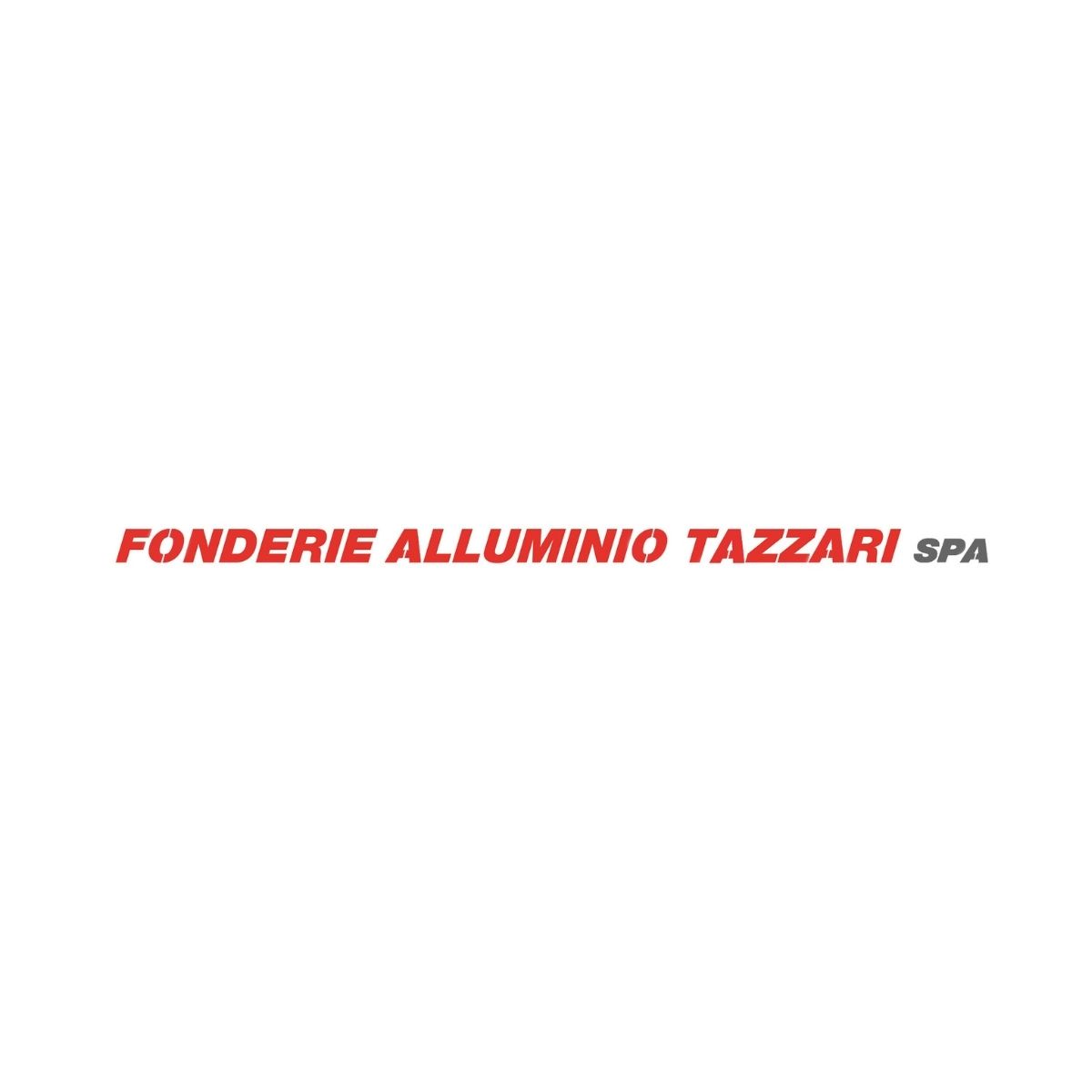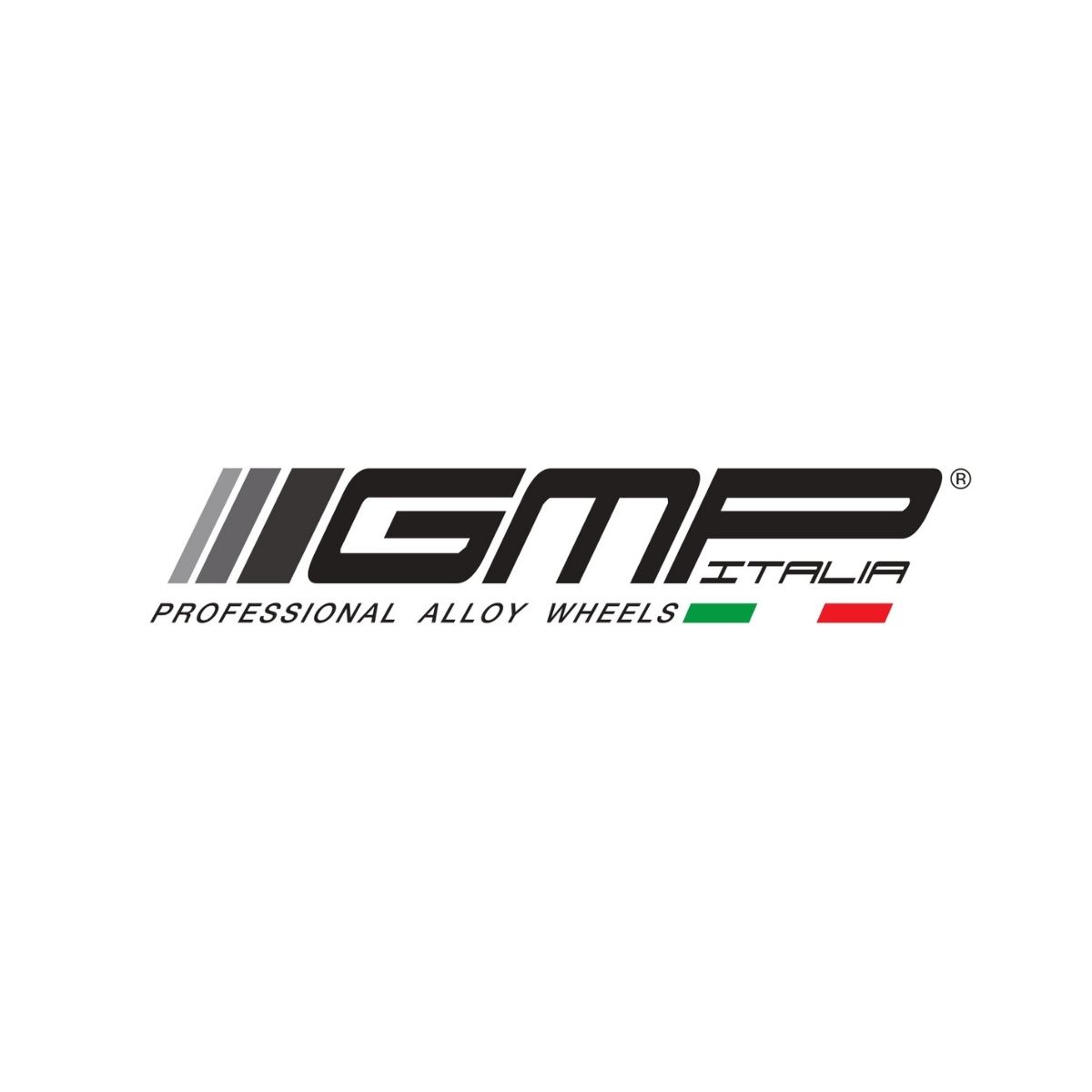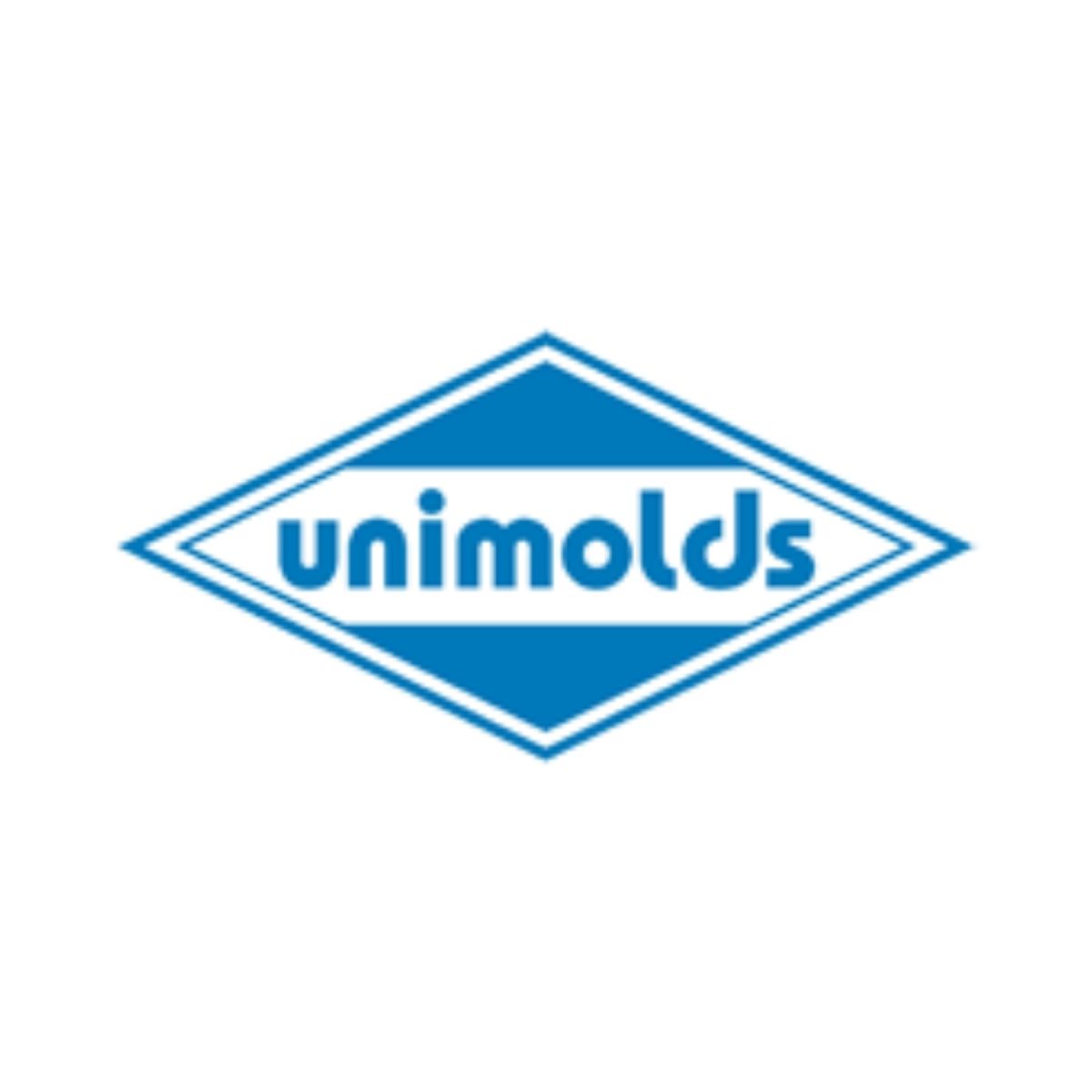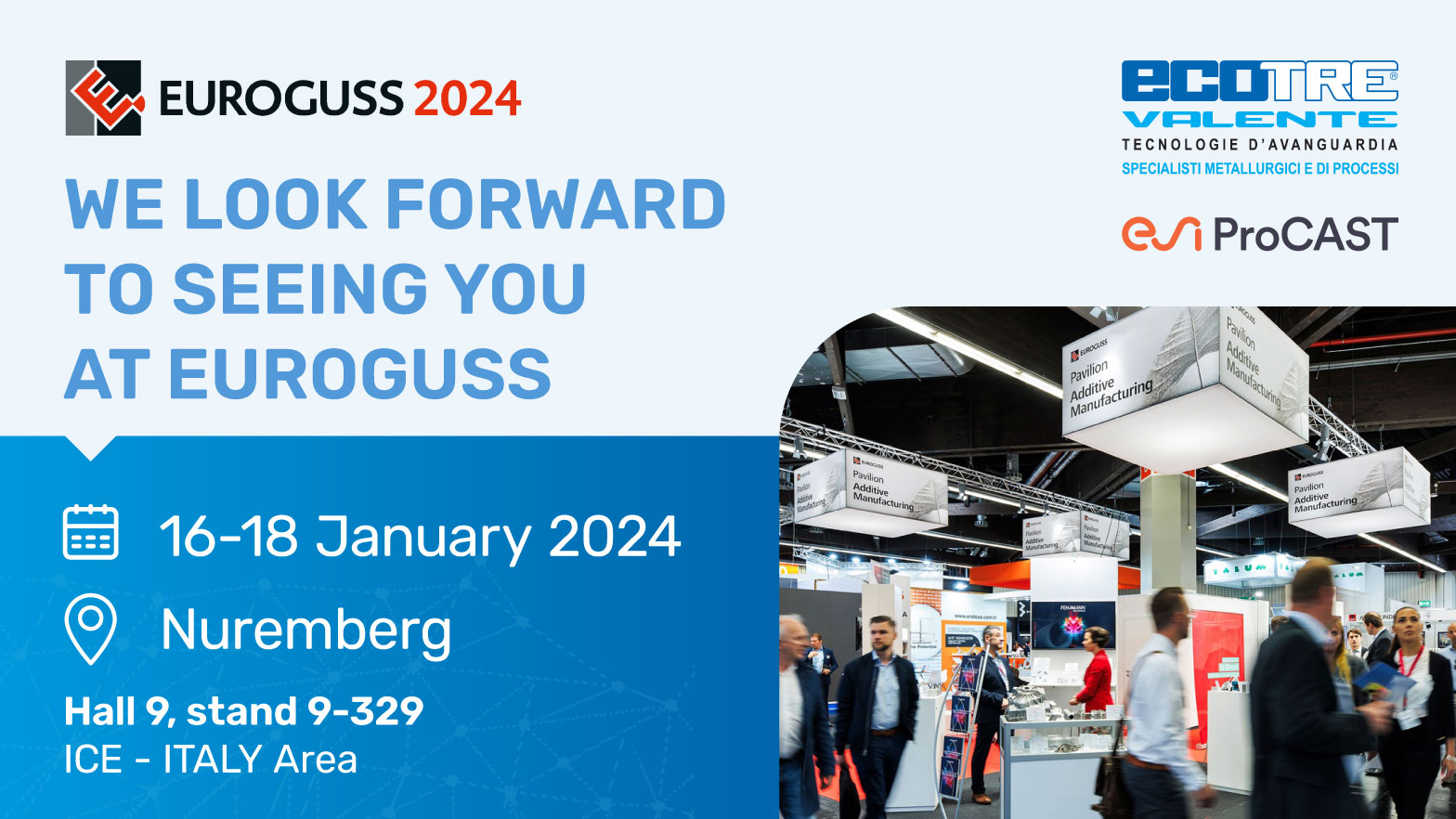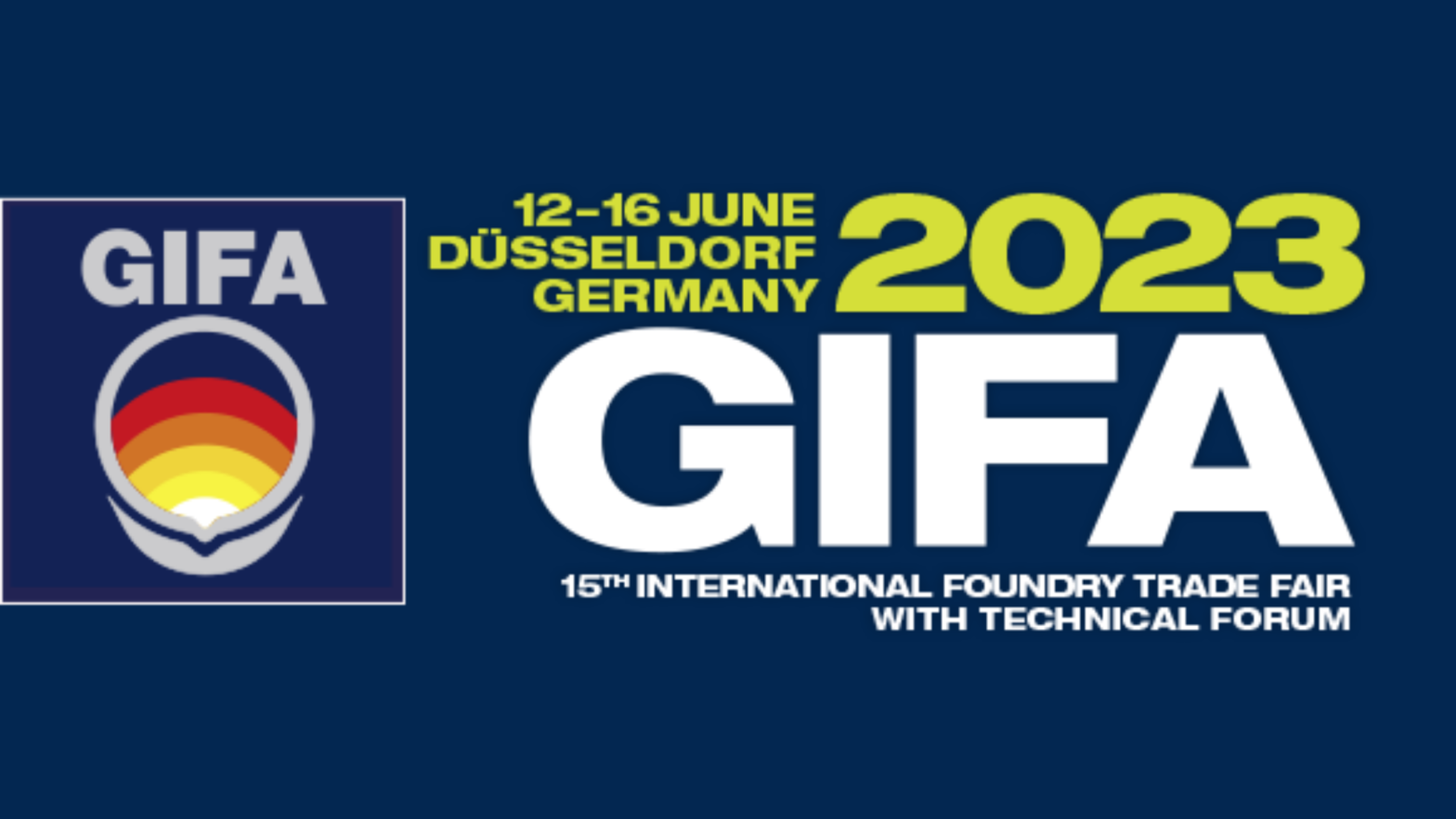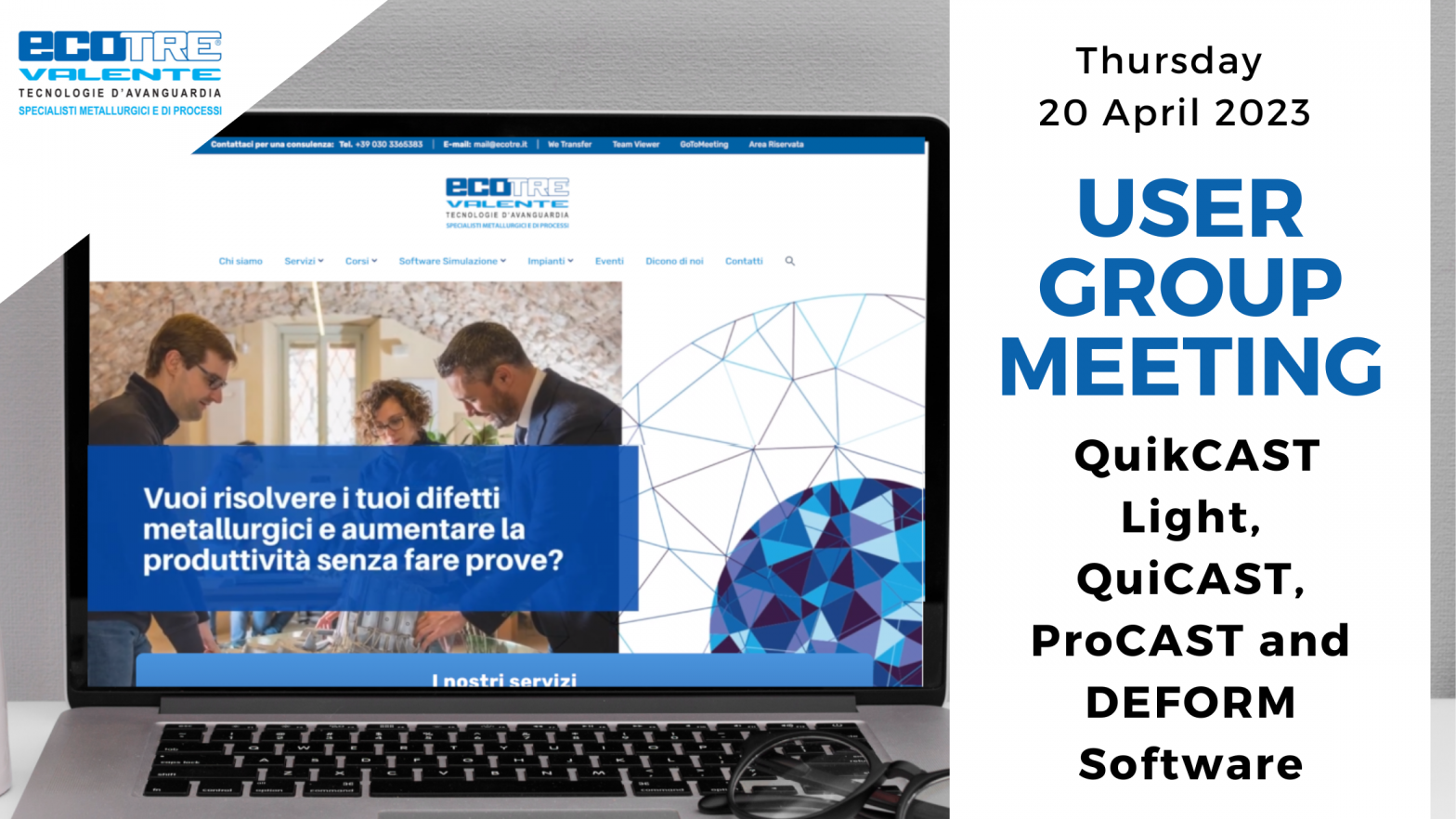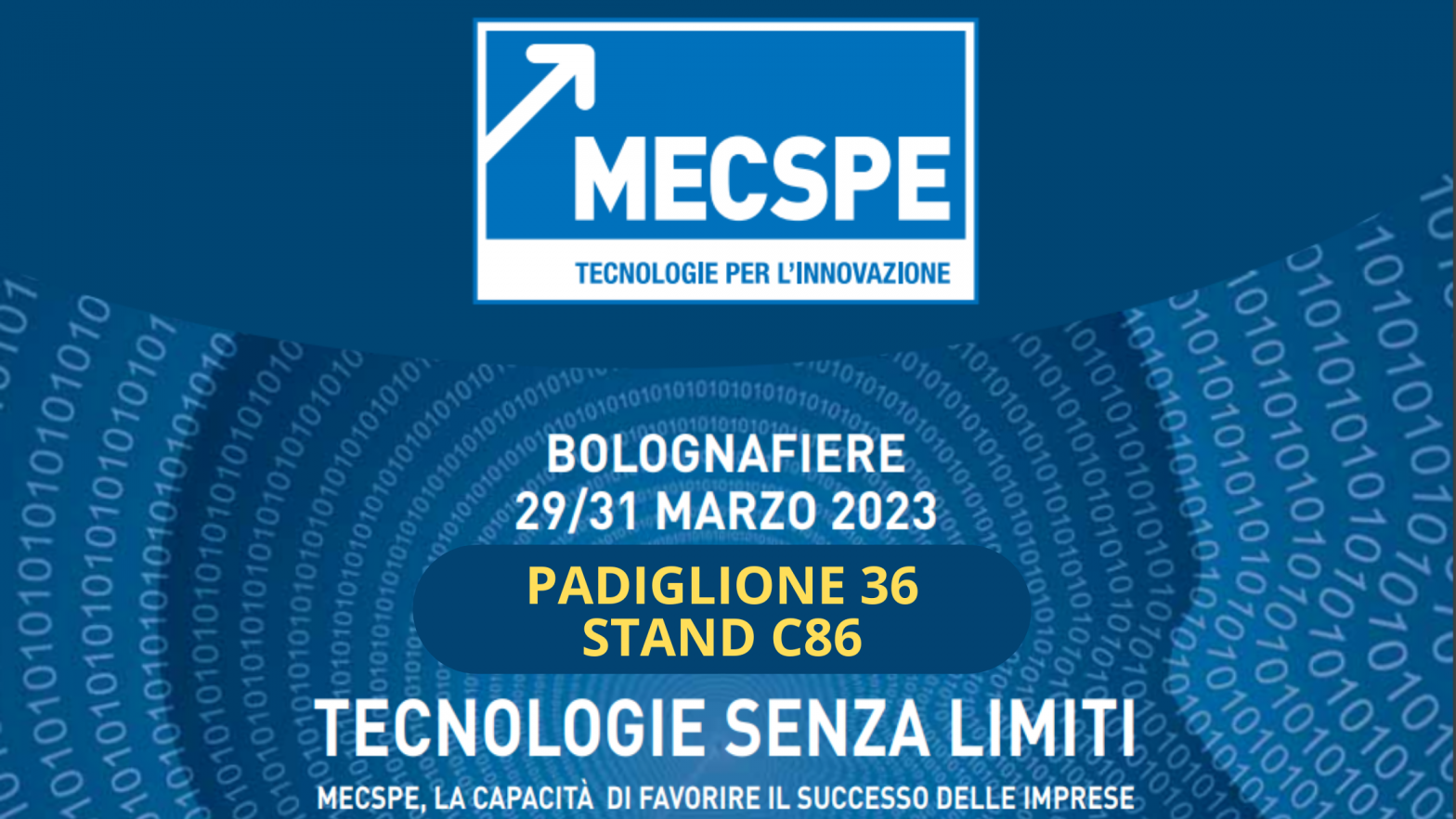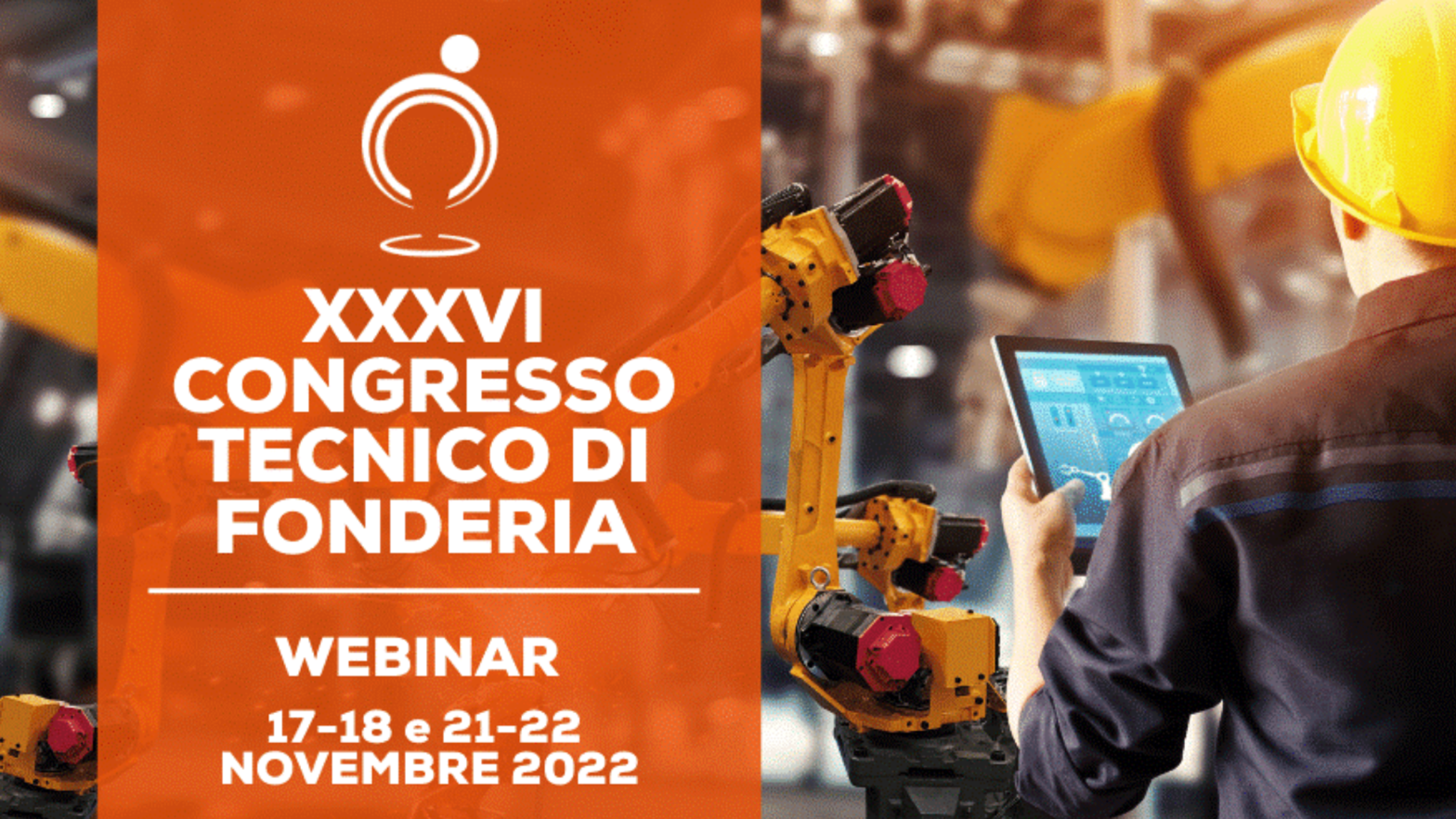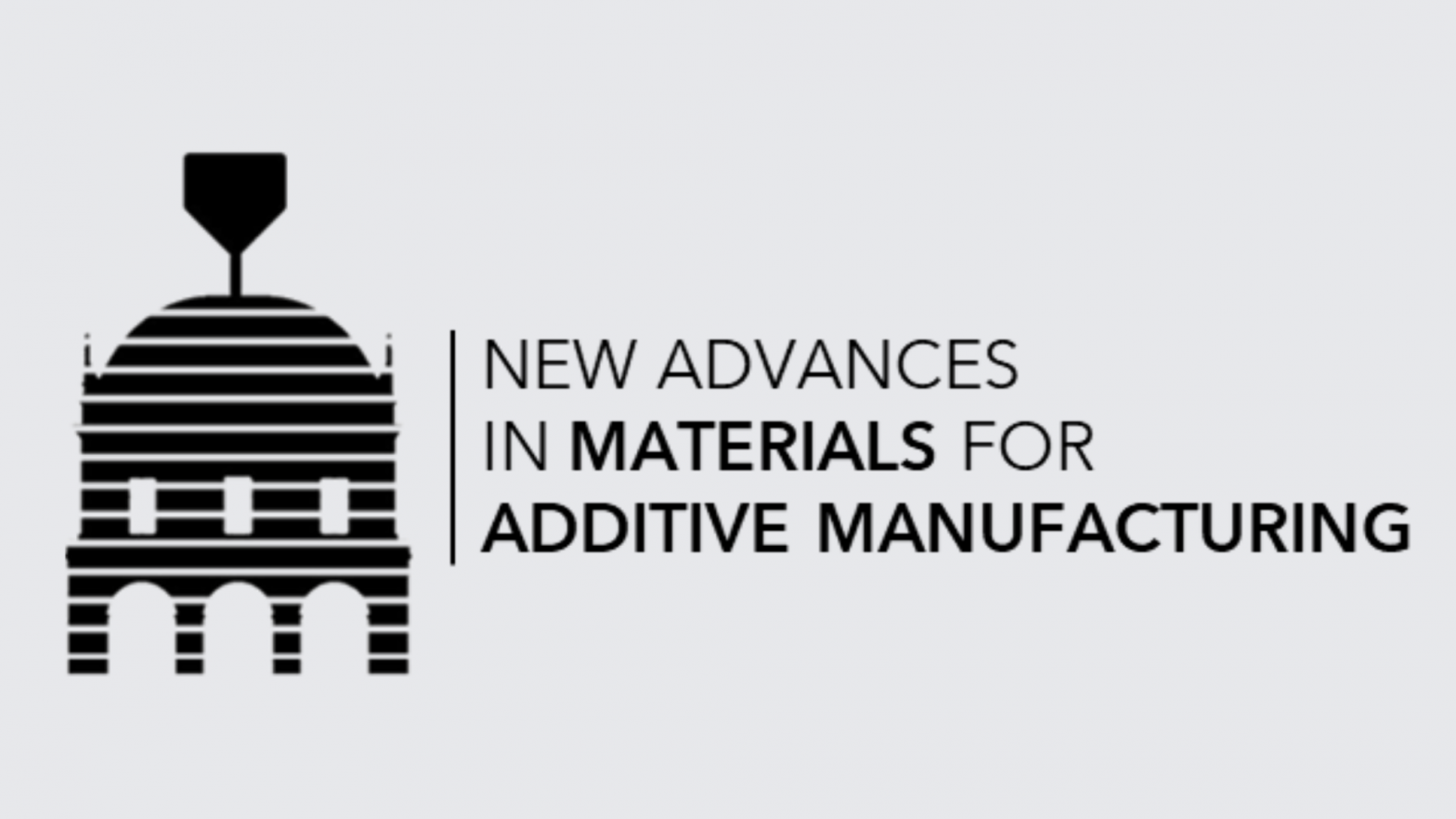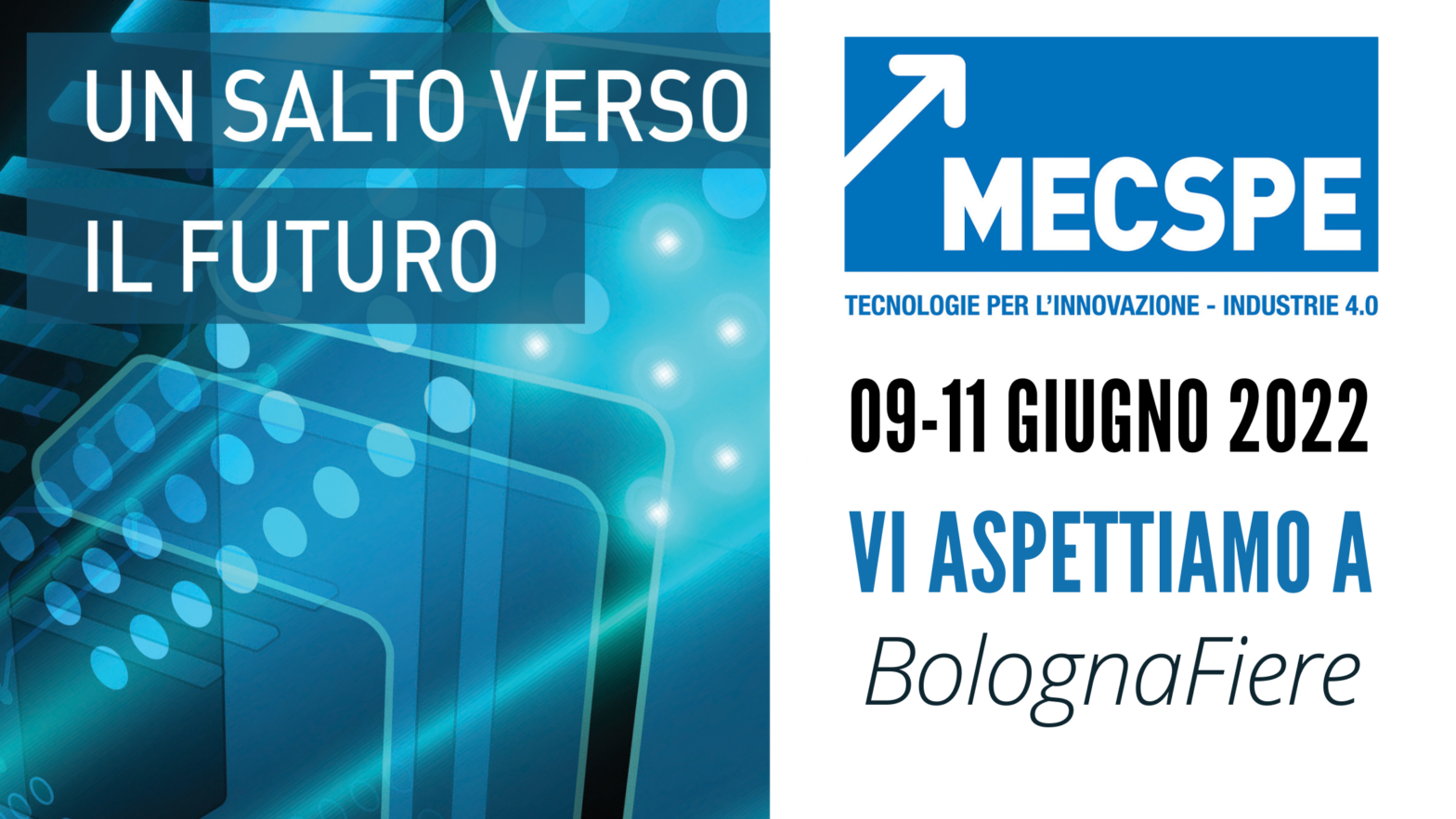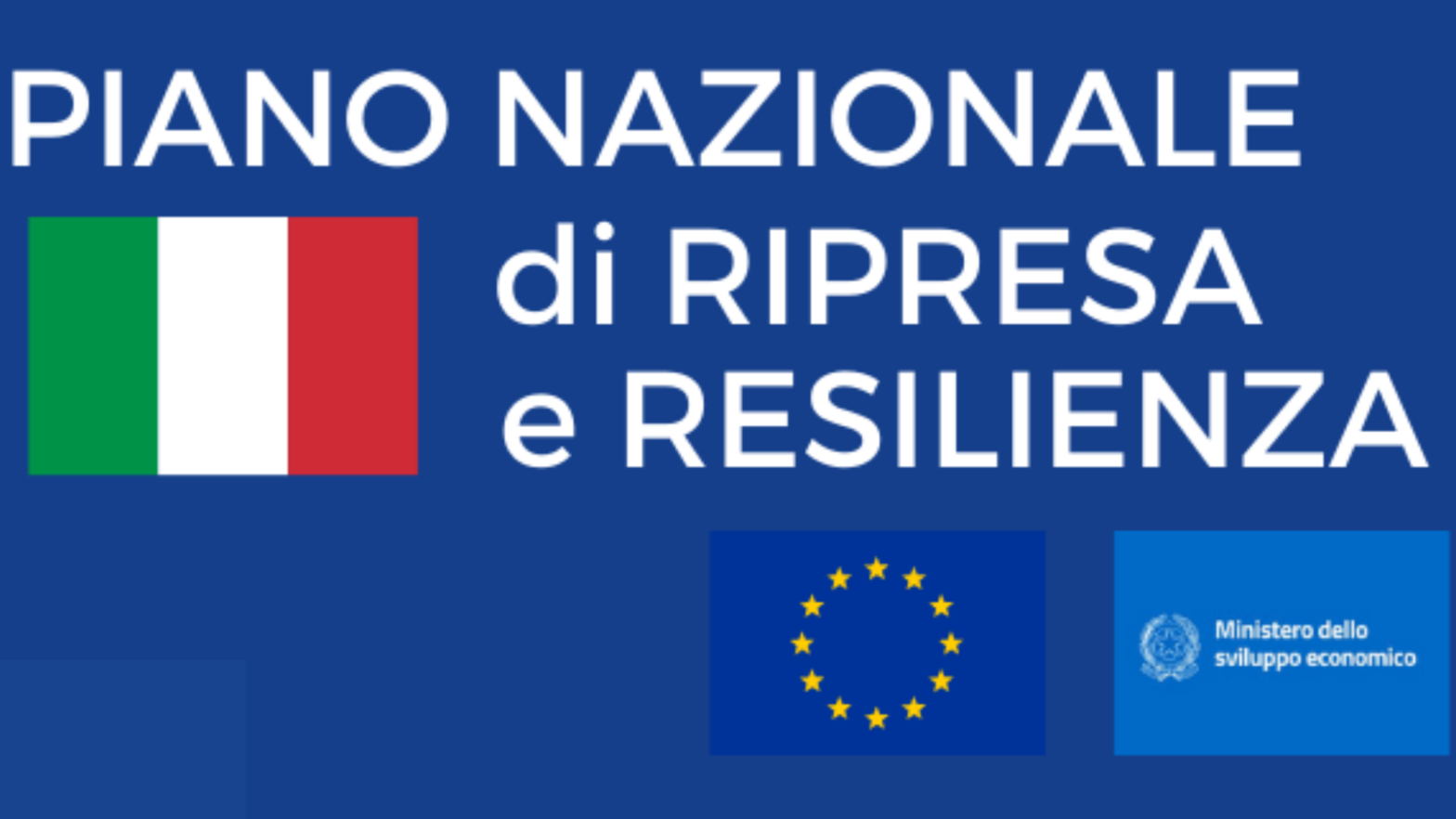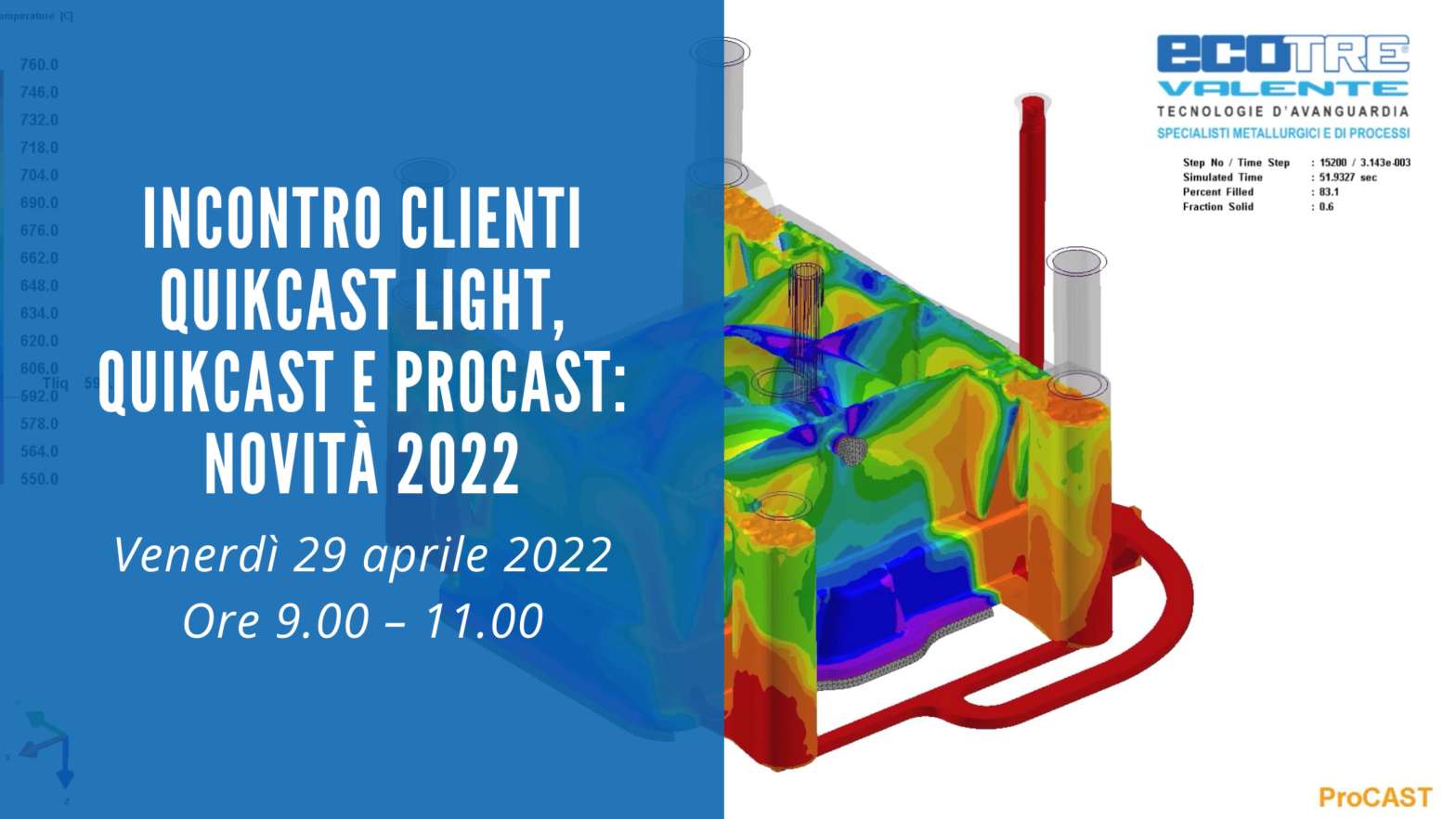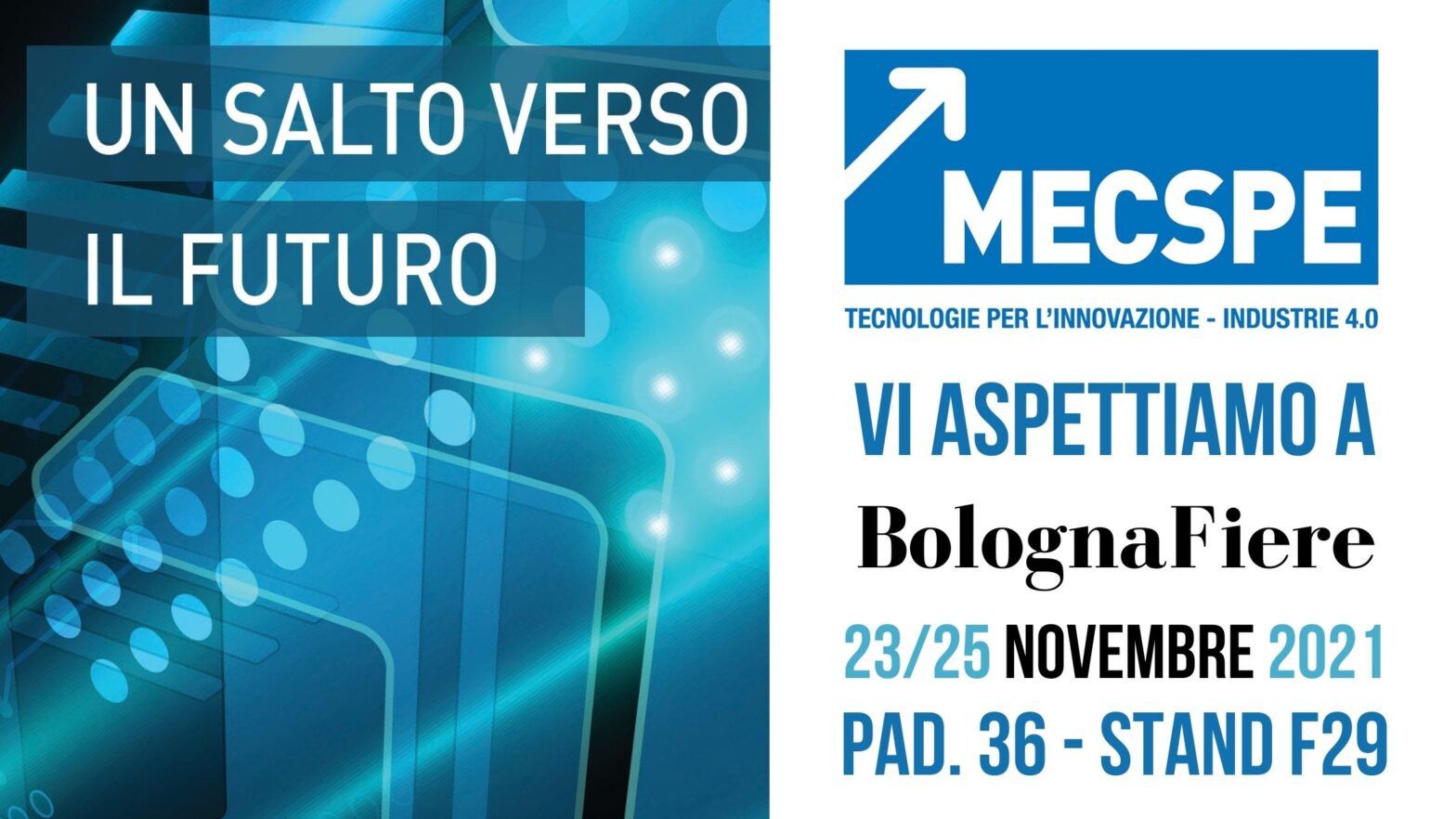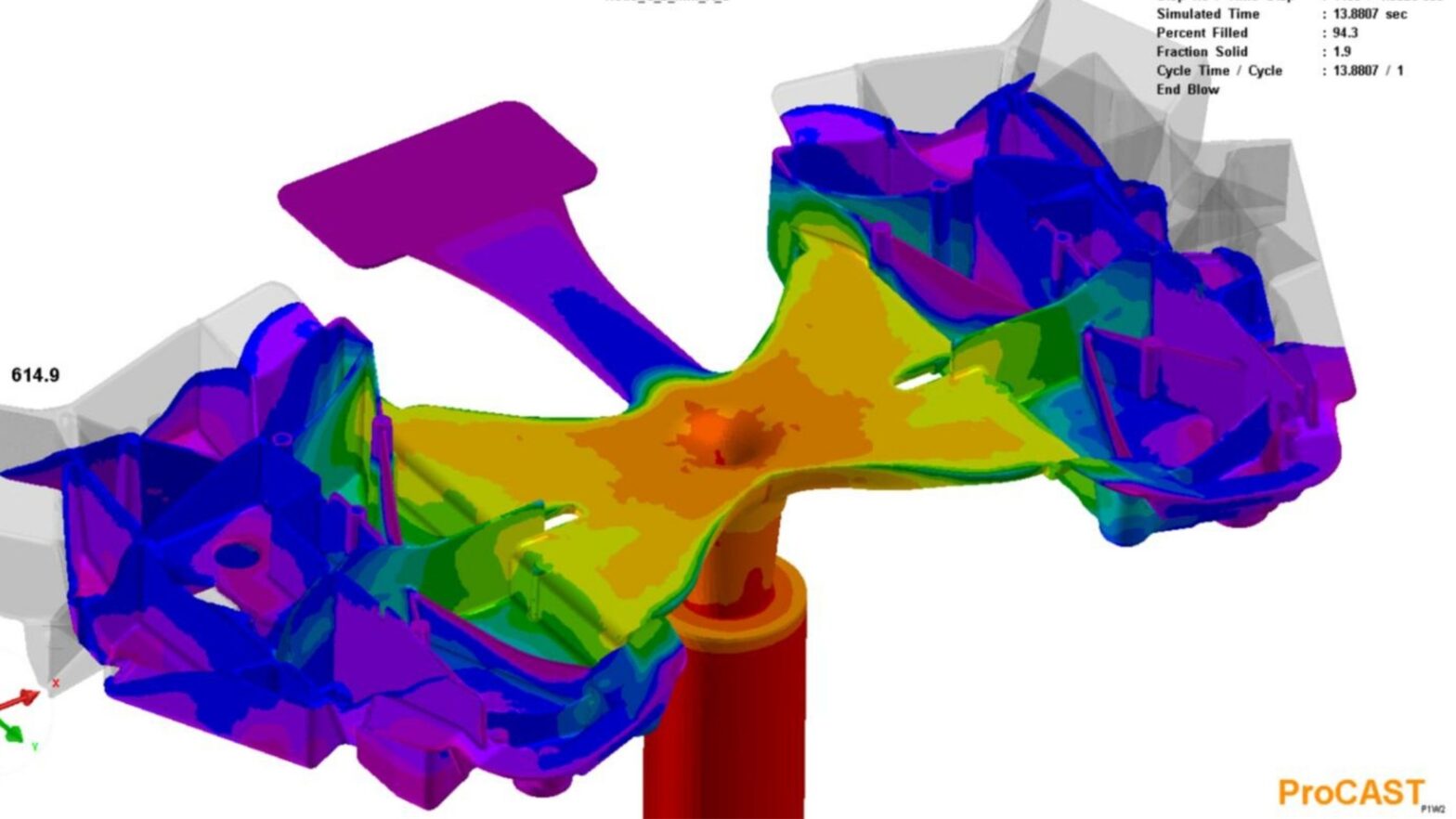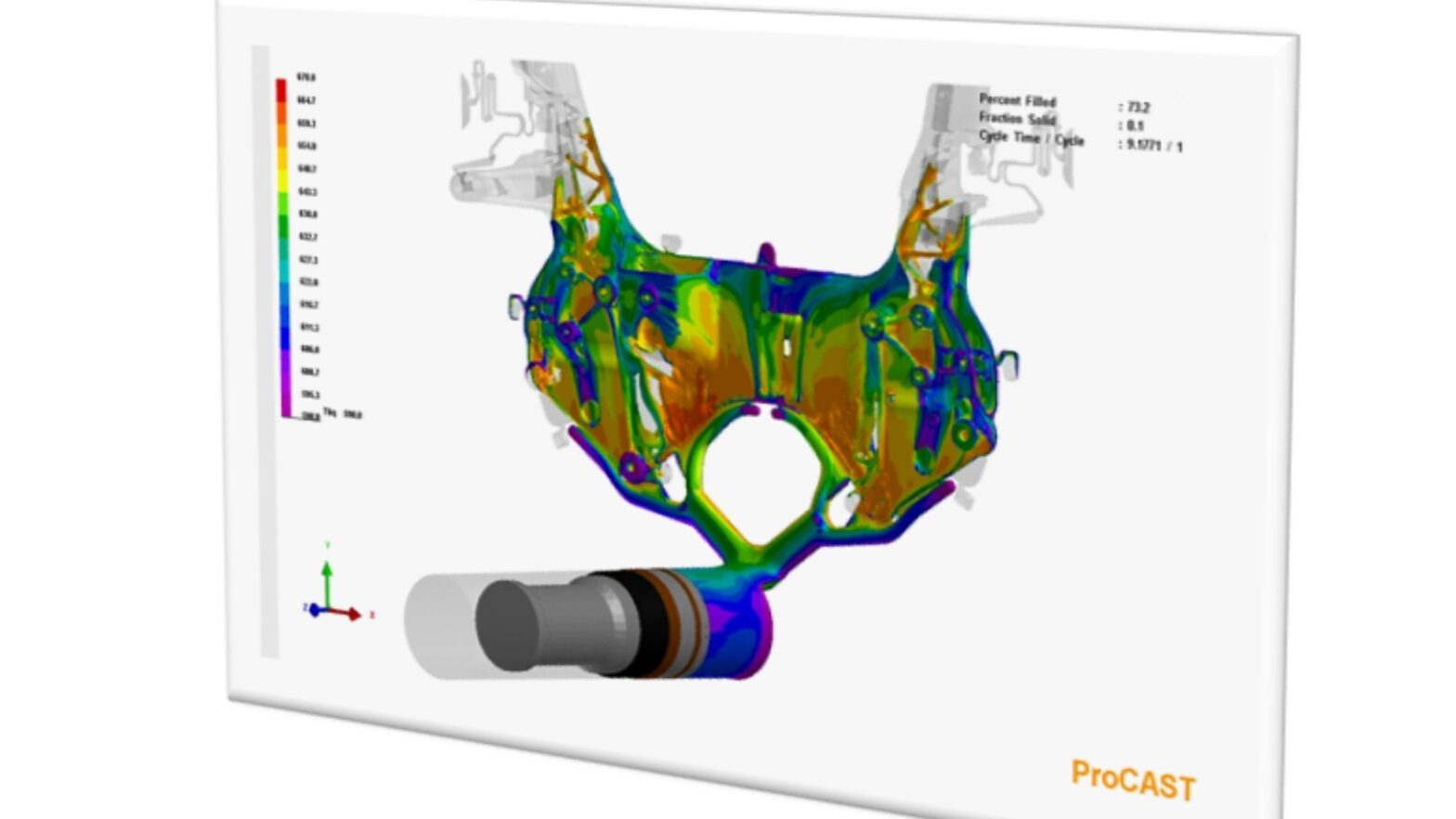Benefits with QuikCAST and ProCAST Software
- Quality improvement
- Optimization and saving in the design
- Improvement of production
- Enhanced precision
- Optimum control of process parameters
- Flexibility of use
- Reduction of calculation times
- Reduction of production rejects
- Saves money
Low Pressure Die Casting: What it is
Low pressure die casting (LPDC) is a process in which molten metal slowly fills the mould, reducing turbulence and with controlled solidification dynamics. The metallurgic and mechanic properties achieved are high level and at the same time the use of sand cores is not precluded.
The high surface finish level obtained thanks to low pressure allows to make components whose outward appearance is particularly important, as in the automotive sector (wheels, suspensions, steering components and engine).
LPDC Simulation: How it works
The low-pressure simulation complete with furnace and riser tube can be structured at the three main levels so as to simulate the different factors and to make final assessments on the general framework of the process: filling, solidification, stress assessment (including stress and deformation simulation). The low pressure die casting simulation allows you to evaluate distribution of defects in the casting and to modify the initial model so as to reduce them.
The QuikCAST and ProCAST simulation software programs are provided with a complete set of specific tools to create models of the low pressure casting process.
During simulation of solidification, the evolution of the solid part is calculated and used to predict shrinkage positions. The calculations of air backpressure together with adequate pressure conditions defined by the user allow to simulate vacuum.
QuikCAST and ProCAST can reproduce process conditions, performing different production cycles to make the mould temperature stable and therefore to study its filling, solidification, the effect of pressure intensification, streamlining of design and process parameters. It is also possible to simulate the stresses in casting, the stress released in the removal of the casting from the mould and the lifetime of the mould itself.
What customers say about QuikCAST and ProCAST:
QuikCAST and ProCAST LPDC simulation software are accurate, fast and simple.
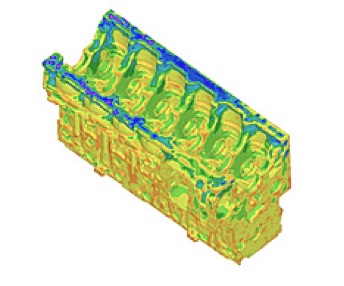
ELONGATION
The software can provide the elongation % map
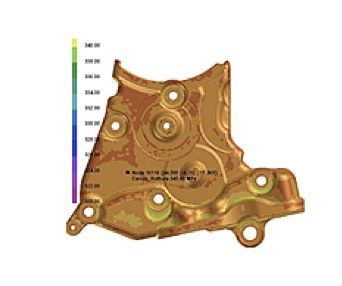
ULTIMATE TENSILE STRENGTH
The simulator provides the map of the Ultimate Tensile Strength of the Component “As Cast” and after Heat Treatment
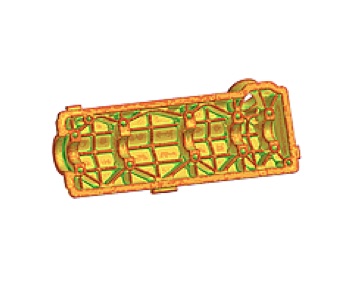
YIELD STRESS
The simulator provides the map of the Yield Stress of the Unfinished Component and after Heat Treatment
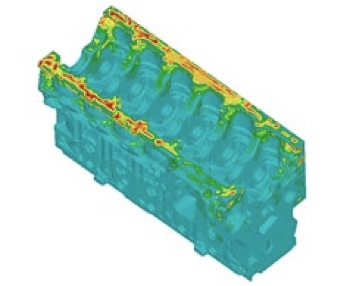
HARDNESS
The simulation can indicate the Hardness that can be obtained and its profile through its thickness
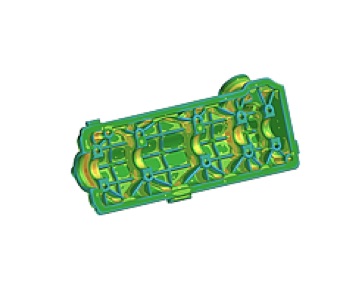
SDAS
The casting simulator shows the map of the SDAS (Secondary Dendrite Arm Spacing), a useful indicator of component performance
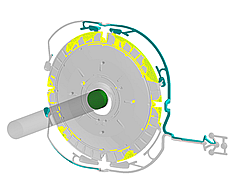
GAS POROSITY
Map of Porosity from Gas encapsulated during filling. Reduction of mechanical and bonding performance of the component
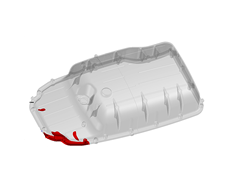
OXIDES
The alloy oxidizes during filling and the simulation points out where the oxides hide and where they move during filling
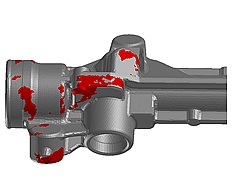
DELAMINATIONS
The simulator shows the delaminations, related to imperfect bonding of the alloy during filling
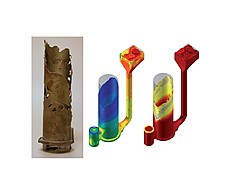
INCOMPLETENESS
Incomplete pieces or with joinings and retrieved lines
Undersized gating system or incorrect gas exhaust
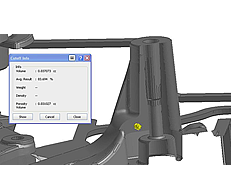
SHRINKAGE POROSITY
Map of Shrinkage Porosity.
Geography and Dimension of defect in mm3.
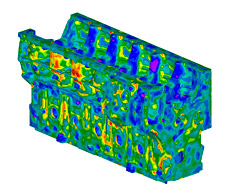
CRACKS
Map of hot and cold cracks on casting
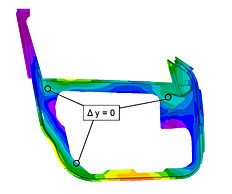
DIMENSIONAL
Dimensions and deformations of piece during solidification, extraction, cooling, blanking and any heat treatment
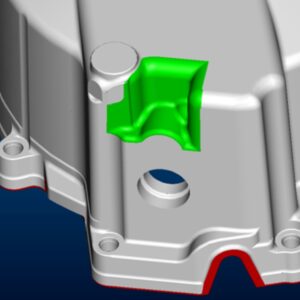
CO-DESIGN
Eliminate defects by acting on the causes and not on the effects
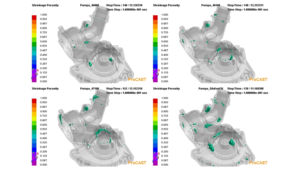
ALLOYS
Impact of the alloy on the mechanical features and on the defects
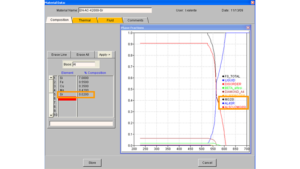
CHEMICAL ANALYSIS
QuikCAST Light, QuikCAST and ProCAST characterise the alloy initiating from the chemical analysis. Assessment, for example, of the consequences of the addition of 200 ppm of Strontium
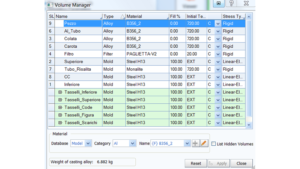
DATABASE
Complete archive of mould steels, sands, cores, insulation and exothermic sleeves, chillers, shells

DESCRIPTION
The simulation allows you to set a preview of the ideal process parameters for production of the component. This way the actual sampling underwent a positive result by eliminating fine tunings for the correct set of process parameters. Furthermore, the Optimizer Module of the software automatically defines the minimum and maximum ranges of the parameters guaranteeing the consistency and stability of the process.
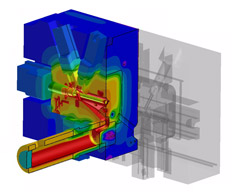
DIE
The casting simulation shows the thermal die cycling simulation, the conditioning or thermal circuits, lubrication, deformation and die duration
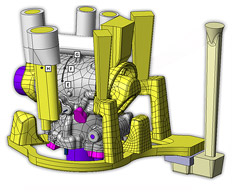
PLATE
Optimization of the plate, positioning of the chillers, sleeves, filters and die assembly of the cores. Maximum yield.
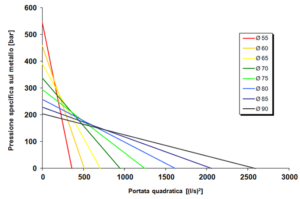
CASTING MACHINE
The casting simulation allows you to know the required casting machine and therefore the tonnes necessary
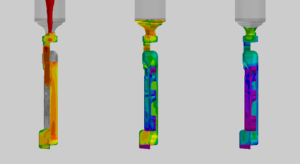
SYSTEM
Simulation of the entire injection cycle, complete with container, riser tube, tipping, automatic, manual system
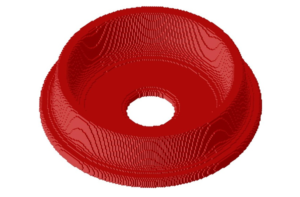
FINITE VOLUMES
The finite volumes or Finite Differences Technology is the introductory technology to casting simulation.
QuikCAST and QuikCAST Light
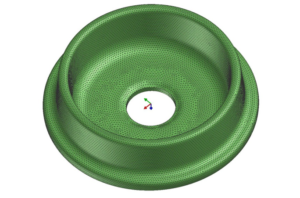
FINITE ELEMENTS
The Finite Elements Technology is the top technology that provides the maximum performance of the casting simulator.
ProCAST
